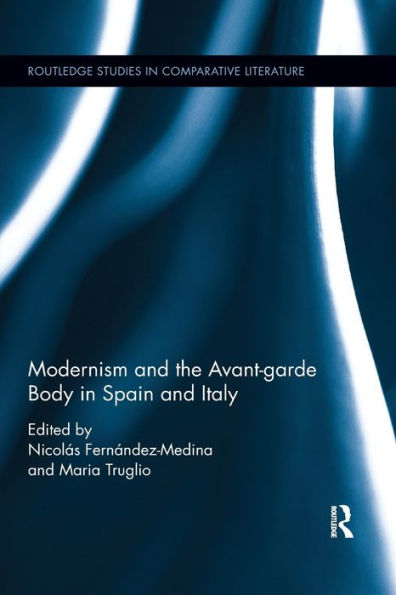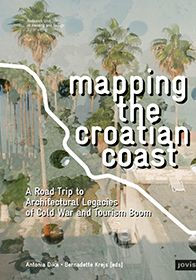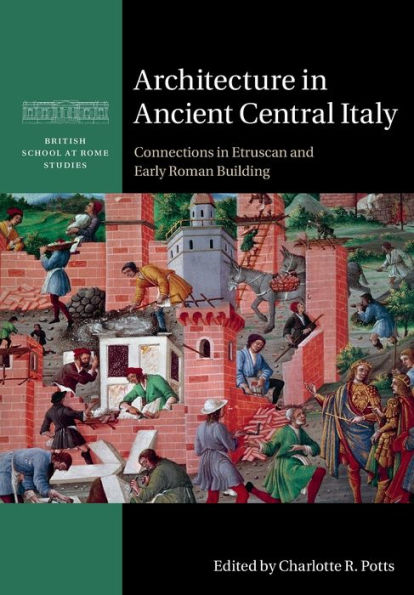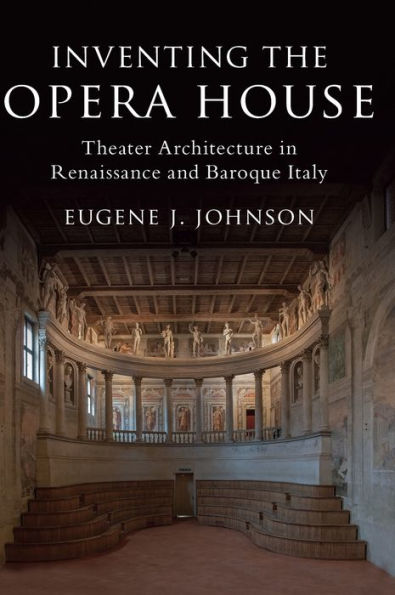Home
Architecture and Tourism in Italian Colonial Libya: An Ambivalent Modernism
Barnes and Noble
Architecture and Tourism in Italian Colonial Libya: An Ambivalent Modernism
Current price: $35.00
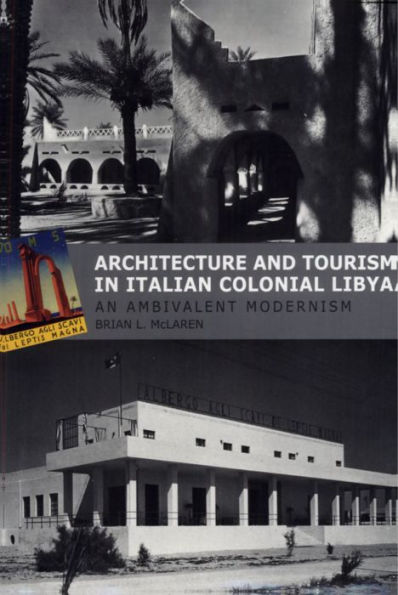

Barnes and Noble
Architecture and Tourism in Italian Colonial Libya: An Ambivalent Modernism
Current price: $35.00
Size: OS
Loading Inventory...
*Product information may vary - to confirm product availability, pricing, shipping and return information please contact Barnes and Noble
To be a tourist in Libya during the period of Italian colonization was to experience a complex negotiation of cultures. Against a sturdy backdrop of indigenous culture and architecture, modern metropolitan culture brought its systems of transportation and accommodation, as well as new hierarchies of political and social control.
Architecture and Tourism in Italian Colonial Libya
shows how Italian authorities used the contradictory forces of tradition and modernity to both legitimize their colonial enterprise and construct a vital tourist industry. Although most tourists sought to escape the trappings of the metropole in favor of experiencing "difference," that difference was almost always framed, contained, and even defined by Western culture.
McLaren argues that the "modern" and the "traditional" were entirely constructed by colonial authorities, who balanced their need to project an image of a modern and efficient network of travel and accommodation with the necessity of preserving the characteristic qualities of the indigenous culture. What made the tourist experience in Libya distinct from that of other tourist destinations was the constant oscillation between modernizing and preservation tendencies. The movement between these forces is reflected in the structure of the book, which proceeds from the broadest level of inquiry into the Fascist colonial project in Libya to the tourist organization itself, and finally into the architecture of the tourist environment, offering a way of viewing state-driven modernization projects and notions of modernity from a historical and geographic perspective.
This is an important book for architectural historians and for those interested in colonial and postcolonial studies, as well as Italian studies, African history, literature, and cultural studies more generally.
